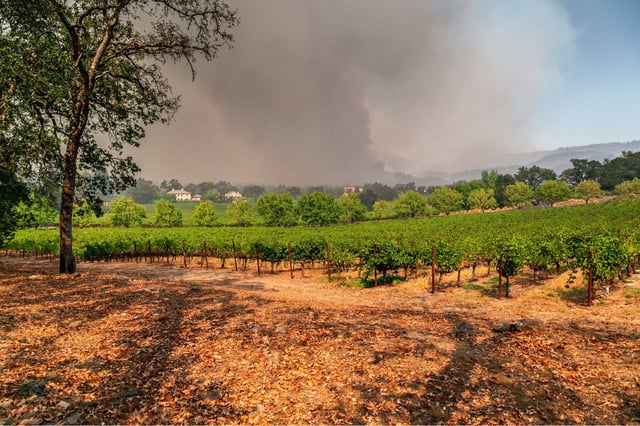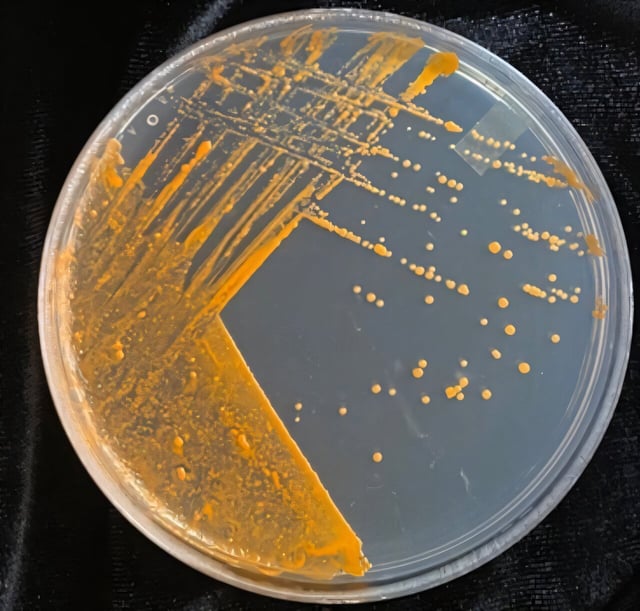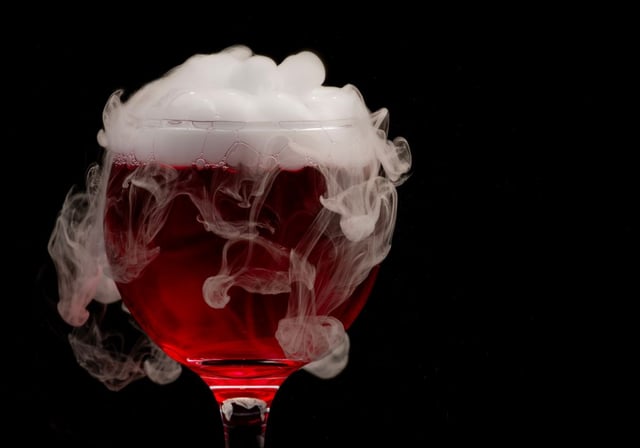Overview
- Researchers isolated two Gordonia alkanivorans strains from grape leaves that used guaiacol as their sole carbon source and left it barely detectable within 96 hours in culture.
- Knocking out the guaA gene, which encodes a cytochrome P450 enzyme, prevented guaiacol catabolism, indicating the gene is required for this pathway.
- The strains did not grow on other smoke-derived volatile phenols, signaling that additional microbes or enzymes will be needed to address the broader chemistry of smoke taint.
- A vineyard smoke-simulation experiment found small but significant shifts in leaf and berry microbiomes, with enrichment of Bacilli-class genera after exposure.
- Scientists and industry observers see potential for targeted biotechnologies that preserve wine quality, though field validation, safety assessment, and solutions beyond guaiacol remain ahead, with smoke taint costing the West Coast wine sector billions in 2020.


